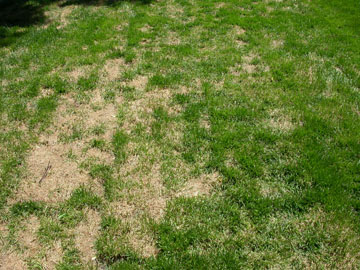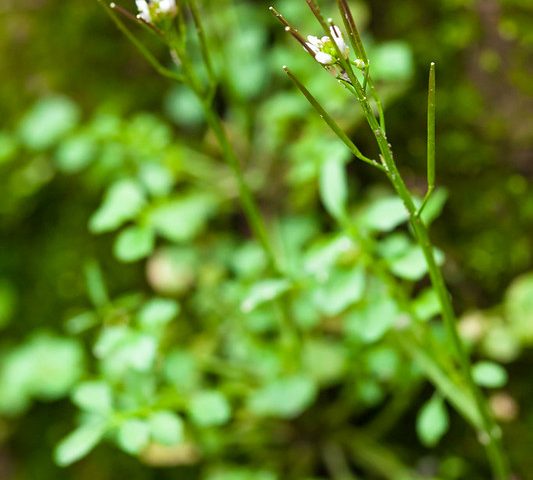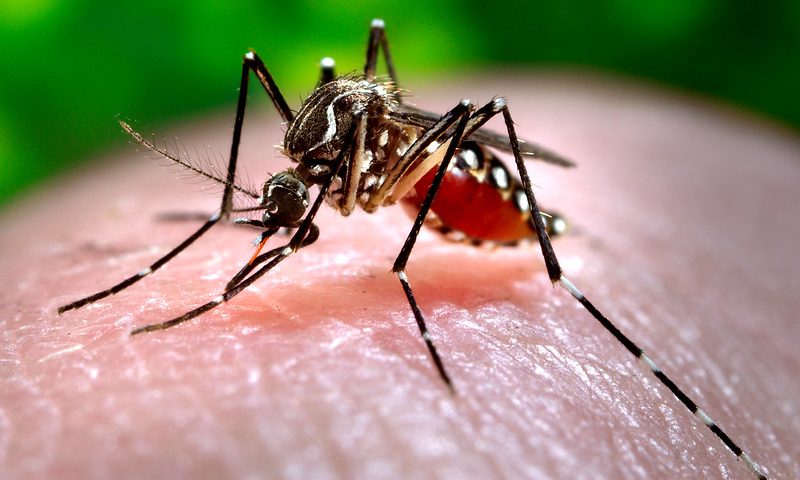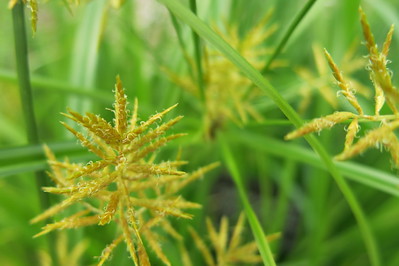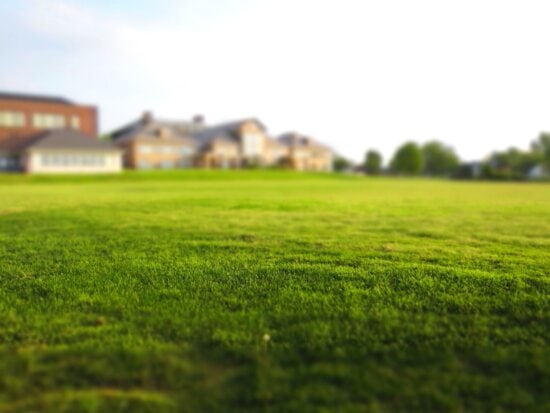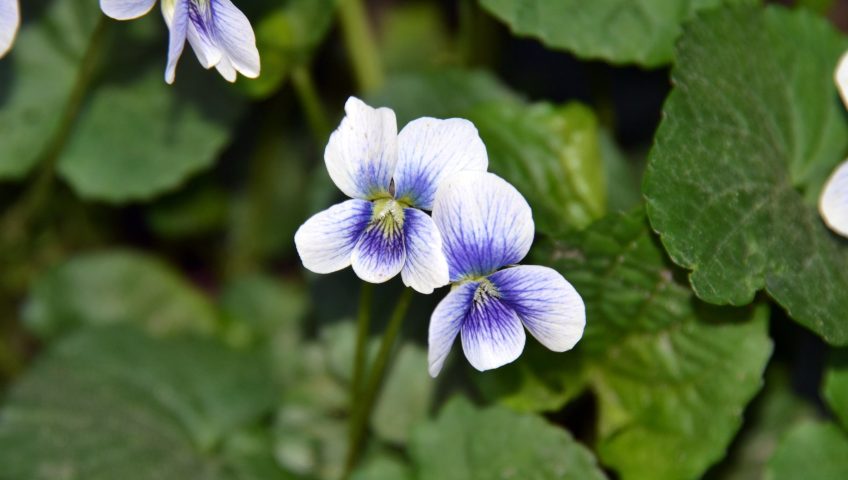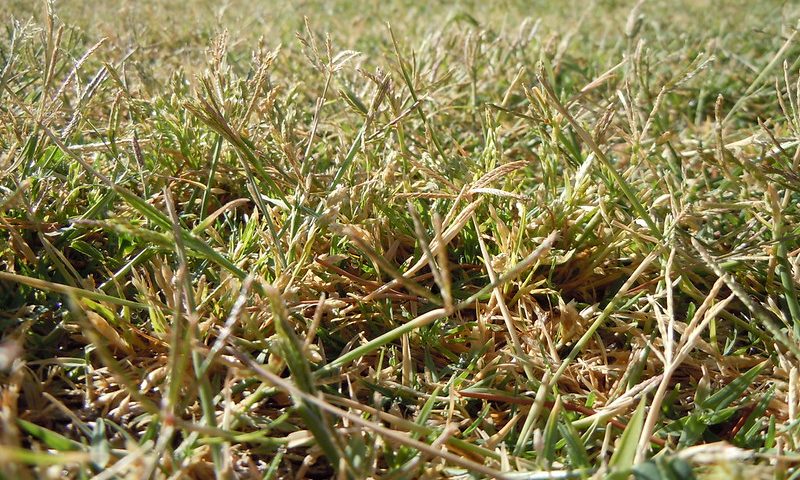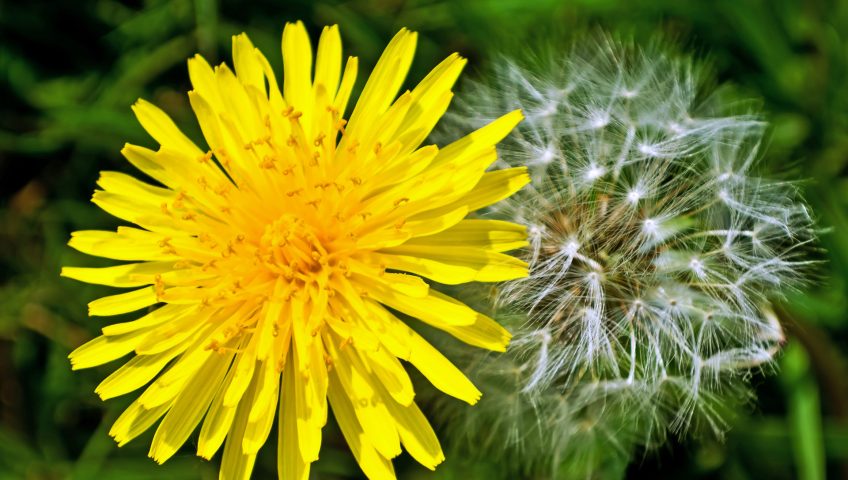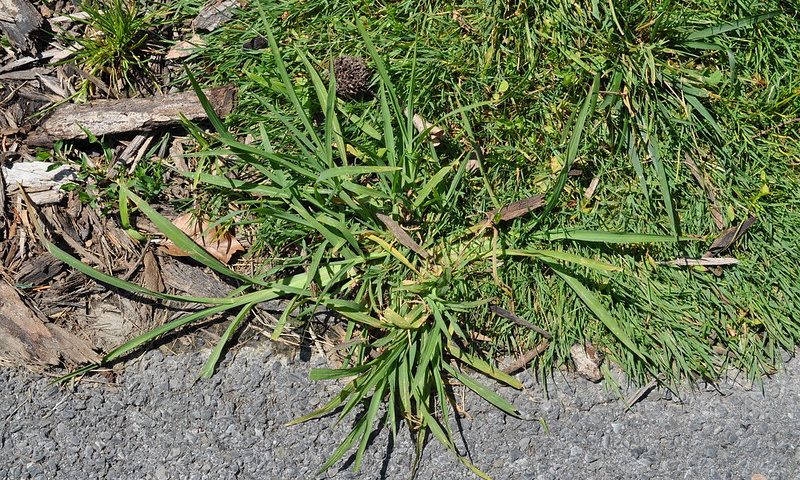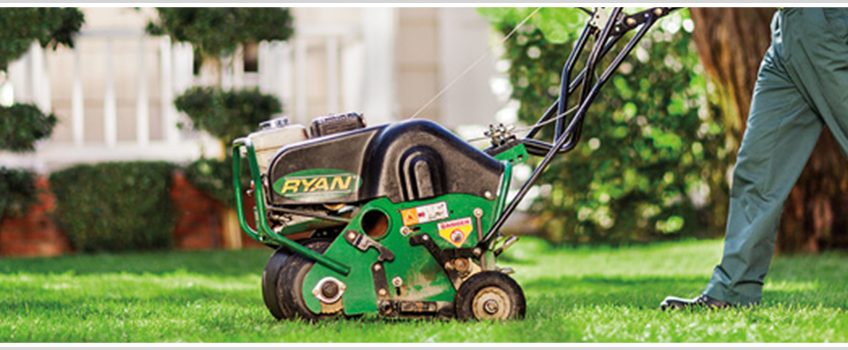
Fall Seeding and Aeration
Fall is the most ideal time of the year to begin the seeding and aeration process of your lawn. Spring is often thought to be the best time for aeration and overseeding. Lawn owners will be quick to begin planting new flowers, remove leaves, and touch up their grass. However there are plenty of lawn projects that can be done in the fall as well, often leading to even better results. The summer months can be especially tough on lawns. Higher temperatures, insects, and lawn diseases can all add stress to your turf’s health and the overall look of your lawn.
The fall season will bring us warm soil, cool nights, and dying annual weeds. These conditions create an optimal time for activities like aeration, overseeding, and general lawn seeding. Unlike during the fall, spring soils will be cold and compact, with dormant weeds waiting to begin their growth cycle. Conditions will tend to be best between September-October because the cooler temperatures during the days and nights will be ideal for new seeds to retain moisture. Combine that with fewer annual weeds trying to compete for the same space, and you have excellent conditions for seeds to germinate.
Benefits
Simply put, aeration is the process of creating many tiny holes across your lawn. Grass roots need water, air, and nutrients in order to continue growing thicker and stronger. When soil becomes compacted, it becomes harder for these essentials to continue reaching the grass roots. Throughout the summer, soil is likely to become compressed from the high temperatures, hard rain, and general increased foot traffic. The holes created from aerating the soil allow it to decompact and restore the proper flow of necessary nutrients back to the grass roots. This makes fall aeration a critical component of achieving the greenest and healthiest lawn possible.
In addition to aeration, overseeding can play a beneficial role in improving the health of your lawn. Overseeding is a method of seeding over the top of an existing lawn, while still maintaining the proper health of the soil. Overseeding during the fall can help create a thicker outer layer of grass, reduce weed growth, and enhance your lawn's ability to protect itself. Due to the previously mentioned stresses of the summer months, your lawn may begin to look thin, patchy, and generally worn down. Combining seeding and aeration can help to repair damaged patches of a lawn because it can create a perfect seeding bed while also reducing compaction below the new lawn.
Lawn Service Maintenance
Seeding and aerating your lawn can be a daunting task for anyone to do on their own. Working with a professional lawn care service can save you the time and hassle, while also ensuring that you get the best results. With the stress put on lawns due to this Summer’s lack of rain and extremely high temperatures, many lawns have suffered greatly. When done professionally and with care, seeding and aeration can give your lawn a more vibrant, brand-new look.
Blue Grass Lawn Service has specialized in seeding and aeration services within Pennsylvania and New Jersey for 36 years. Our unique method of core aeration involves using extra heavy core aerators to perforate the soil with thousands of small holes which will allow grass seeds to grow in the soil instead of on top of it. This helps the new grass germinate quickly and allows roots to grow deep while producing a stronger, more vigorous lawn.
